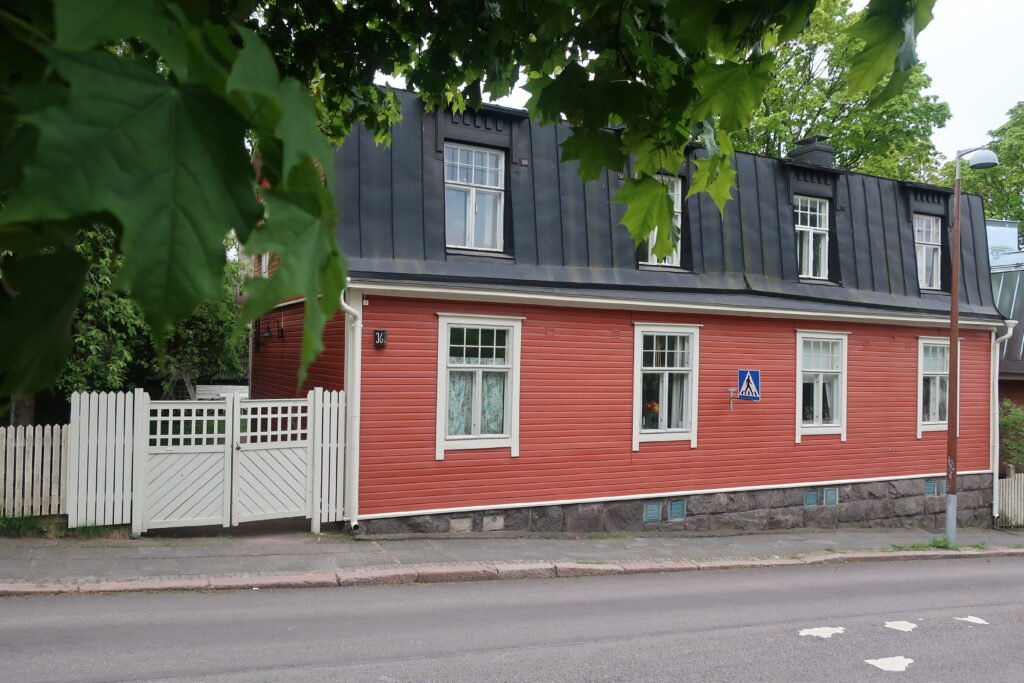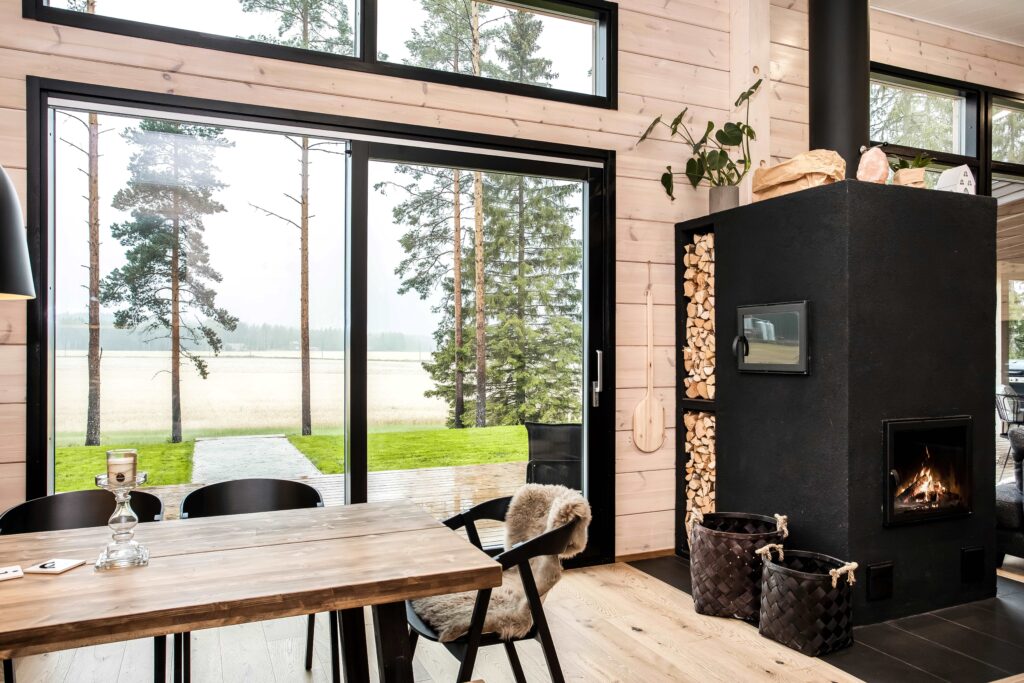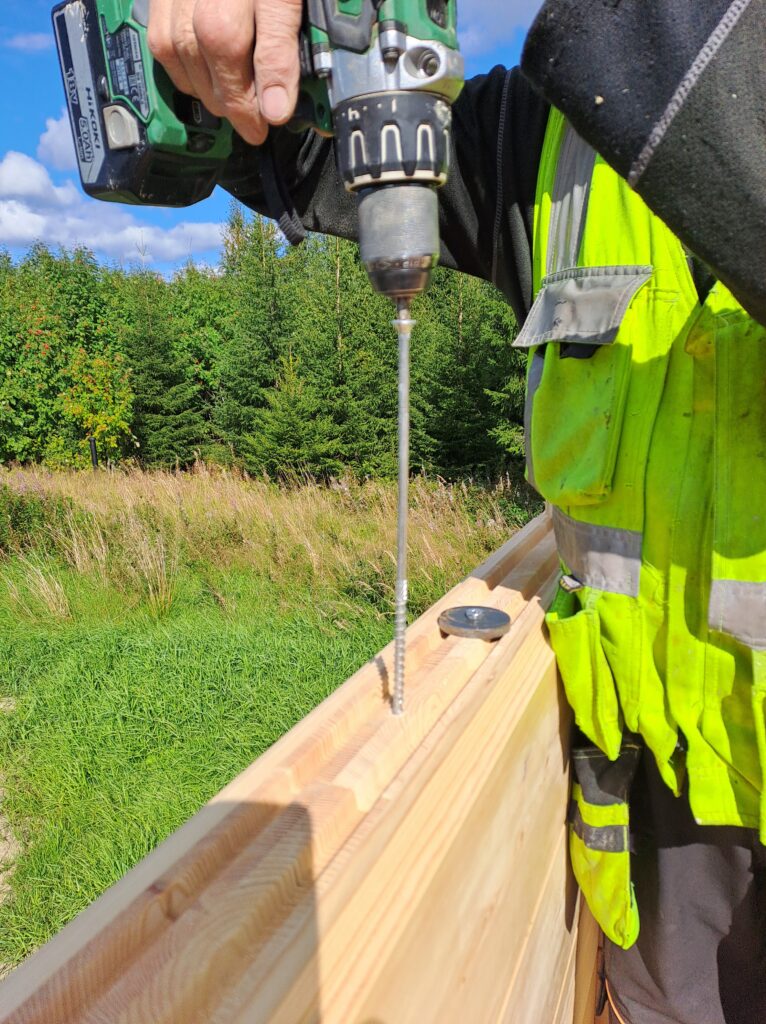Today’s log buildings are energy efficient and easier to dismantle and move than 100 years ago
Compared to many other industries, construction uses significant amounts of raw materials. As much as half of the world’s various natural resources and raw materials go into construction and the manufacture of construction products. With the fast pace of building in recent decades, materials such as concrete aggregate have become scarce commodities in several countries – including in Finland.


In future, the sustainable use of raw materials will be increasingly important, and by utilising construction products made from renewable raw materials we can save non-renewable natural resources. We should also be using more recycled construction products in accordance with the principles of the circular economy. If old building products cannot be used as they are, it should at least be possible to make new products from them. In principle, the less reworking and processing needed to manufacture a new product, the more cost-effective and ecologically sustainable construction can be. Nowadays, the reuse of building materials is also motivated by environmental aspects. Legislation is already being drafted that would make it obligatory to catalogue the materials and products used in the construction or repair of a building. According to this draft regulation, the material statement would be an appendix to the building permit and contain information about the building components, materials, and their origin.
Logs have been known to be reused in new construction for centuries for the simple reason of cost efficiency: it was easier to use wood that was already cut and shaped than to ramble back into the forest to start all over again. The “golden age” of moving entire log houses was about a hundred years ago, when thousands of log houses were moved to various parts of Finland from territories lost to the Soviet Union in World War II.
Like their predecessors, modern log houses are also designed and built to be dismantled and moved if needed. Today, the logs are connected by screws, so the task is actually easier now than 100 years ago. There is also no insulation and studwork to “peel off” and discard from the surface of single-material, solid log frames built without additional insulation.
Despite the simple wall construction, today’s log buildings are airtight and energy efficient. Vertia Oy measured a variety of buildings for airtightness (January 1, 2021 – May 31, 2023), and log houses grabbed the top spot with a measurement of q50 with an average of 0.96. There were a total of 6,609 measured buildings, of which 1,329 were made of logs. According to a summary report made by Vesitaito Oy, modern log houses are very energy efficient. Of the log buildings constructed in 2023, a good 96 percent are in class A or B.
Read the article in Finnish here.

Writer:
Seppo Romppainen works as an executive director in the Finnish Log House Industry. Romppainen has worked in wood construction, design, marketing, business management and development in five decades.
